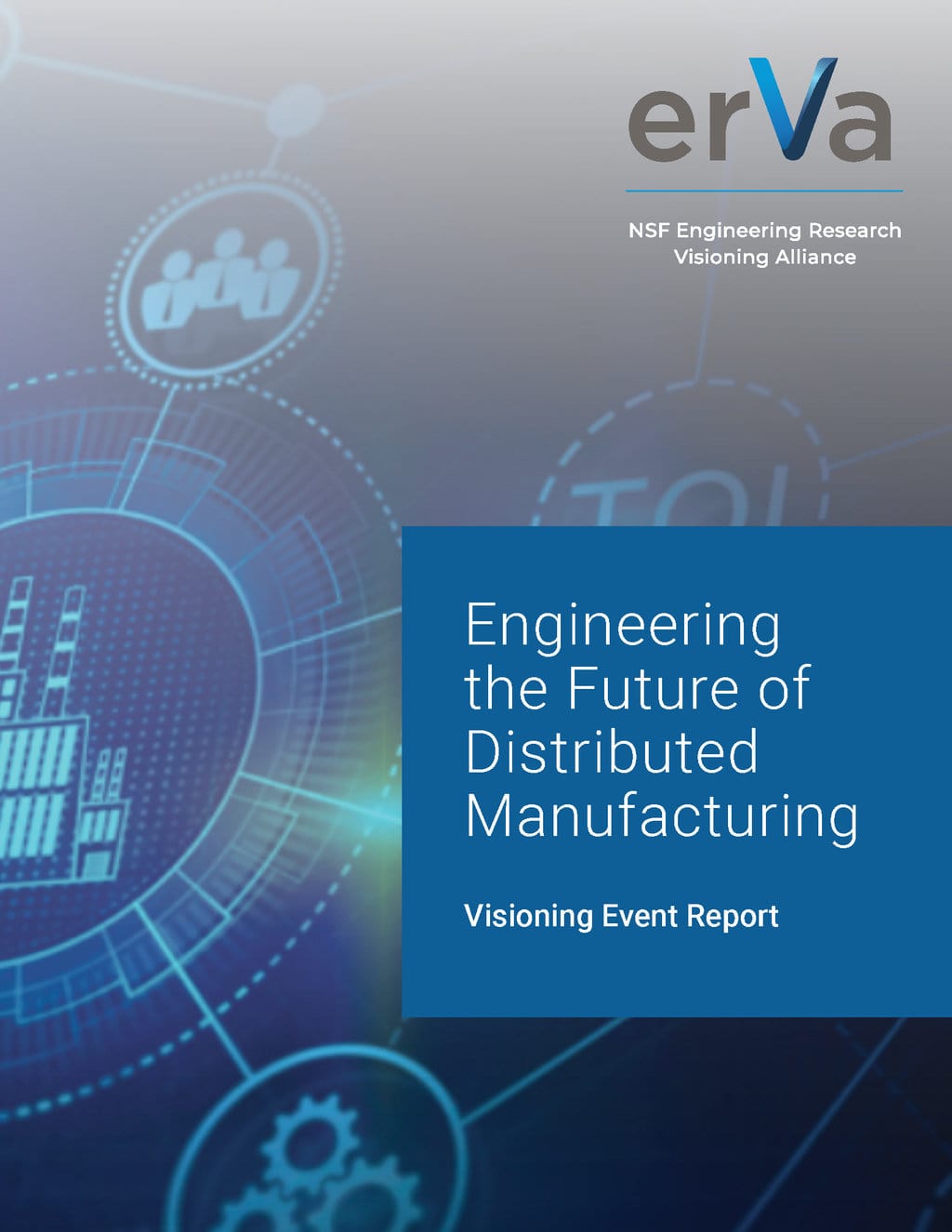Angelique Johnson
MEMStim, LLC
Thematic Task Force Role: An ad hoc group of cross sector experts guide content planning to develop a report that will includes actionable findings and identified research directions intended to catalyze action.
Learn more about the event: View the agenda and participants.
The goal of this breakout was to engineer a distributed materials supply chain. Sustainable materials that are recyclable or with renewable biobased feedstocks combined with distributed manufacturing with reduced transportation and localized supply chains have the potential to reduce the environmental impact of manufacturing. However, manufacturing with a high level of customization, requires materials that can be easily molded, shaped, or cut using a range of different manufacturing processes, such as 3D printing, CNC machining, or injection molding. How can we engineer a local, versatile, materials supply in any quantity accessible for decentralized production? Are there new business models between manufacturers, suppliers, and logistics providers to ensure a reliable and efficient supply chain?
The goal of this breakout was to envision a future where every product/tool, can be created, anywhere, anytime, and in any lot size. The intersection of machine tools and hard tooling is essential in distributed manufacturing to create custom tooling that can be used with machine tools to produce a wide range of products at high volumes and with high precision. This streamlines mass production. Once hard tooling is in place, the cost per part can be relatively low, and the parts produced can be precise and consistent even with complex shapes or features that are difficult to achieve with other manufacturing processes. However, the initial cost of designing and producing the tooling can be relatively high. How do we create high-quality tools on demand to create a wide range of products, from small components to large structures and machinery?
The goal of this breakout was to articulate engineering innovations to improve efficiency of production process, optimize inventory management, reduce downtime, and improve the quality of products and services. How do we applying data analytics collected from various sources within a manufacturing supply chain that spans multiple locations to make more informed decisions, identify areas for improvement, and optimize their supply chain to increase productivity, reduce costs, and improve customer satisfaction. How do we enable quality and agility in manufacturing?
How do we engineer future systems to monitor and control the quality of products at various stages of the production process, including design, raw material procurement, manufacturing, packaging, and shipping regardless of the lot size. How do we qualify a lot size of one? What new business models shift the focus from mass production to customer-centric production that is needed to gather customer data to design and produce products that meet specific customer needs, as well as implementing customer feedback mechanisms to improve the quality and customization of products over time.

